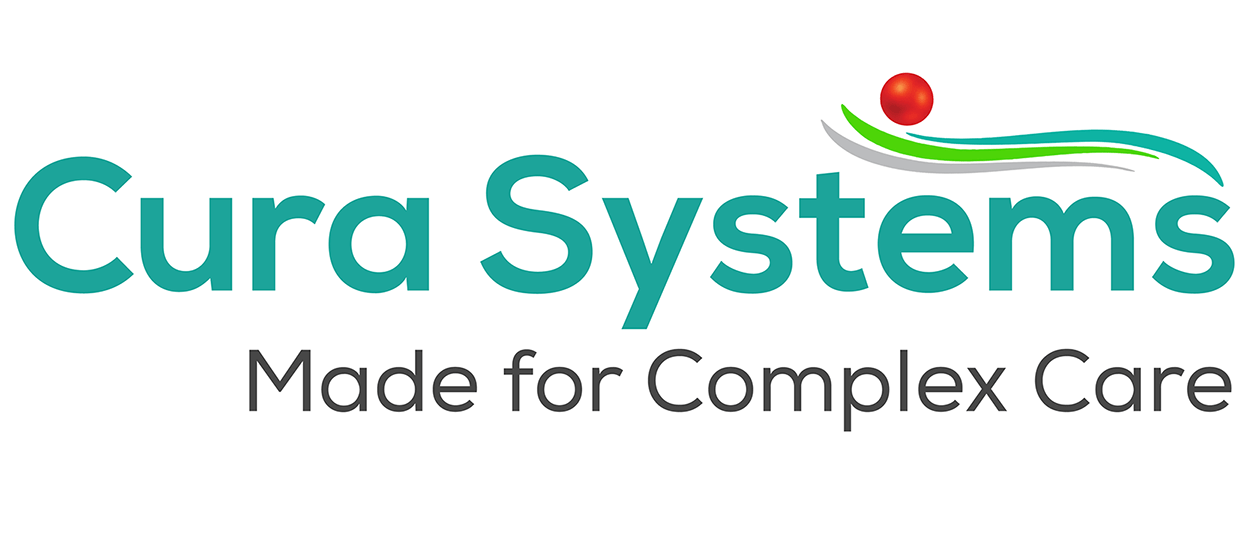Putting safety at the centre of all decisions about the care of your loved ones
What Makes a “Safe” Care Home?
Safety is at the heart of CQC’s five key lines of enquiry. In the first of a new series we look at the importance of the first standard: SAFETY
When the time comes for a loved one to move to a care home it is only natural that the first and overriding concern will be for their safety. Entrusting a mum, dad, husband or wife to the care of strangers pushes against natural instincts to do all that we can to protect and provide for them ourselves.
Choosing the right care home is one of the biggest and most difficult decisions to be made and safety will figure very prominently in the selection of a care home. Care homes need to have appropriate tools to demonstrate to relatives of prospective service users their ability to monitor safety.
Also, recognising these concerns, the first question asked by the Care Quality Commission (CQC) is always about safety. CQC also expects care homes to be effective, caring, responsive and well-led. But its first key line of enquiry concerns safety.
CQC KLOE SAFE
‘Safe’, in this instance, means taking every possible step to ensure that residents are protected from abuse and avoidable harm. Abuse can be physical, sexual, mental or psychological, financial, neglect, institutional or discriminatory abuse.
Avoidable harm will consider everything from medicines management to safe use of facilities and equipment. CQC scrutiny is robust to ensure that all these conditions are met. CQC inspection reports give families and loved ones the information they need regarding a home’s ability to meet these conditions consistently.
Electronic care plans for care homes and mobile care monitoring can play a significant role in supporting care home managers to meet and exceed CQC standards.
Cura also recognises the critical importance of safety in care. Our comprehensive care management systems deliver real benefits to everyone connected to the home. Cura’s suite of applications supports care staff by giving them the information they need to ensure that they meet CQC’s criteria, including the safe delivery of care.
We hope you enjoyed this article. Look out for further articles here on what makes an outstanding care home as recognised by the CQC.

